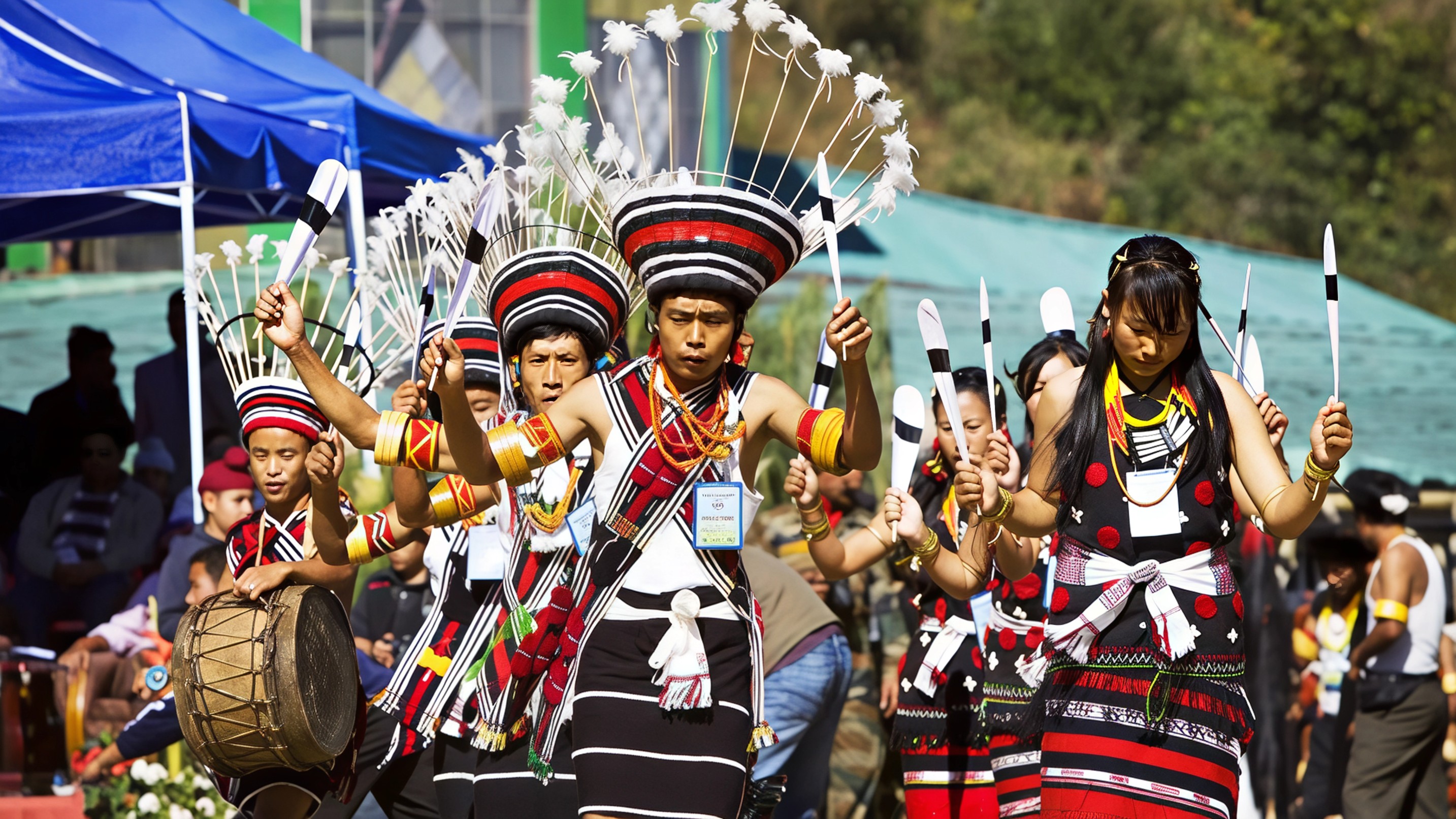1. Chitkul, Himachal Pradesh

Often called the last inhabited village on the Indo-Tibetan border, Chitkul is known for having the cleanest air in the country. Surrounded by snow-capped peaks and crystal-clear streams, the village follows a simple, sustainable lifestyle rooted in Hindu and Buddhist traditions. Wooden houses line its narrow lanes, and ancient temples like Mathi Temple and Kagyapa Monastery stand as spiritual anchors for the community.
2. Kuldhara, Rajasthan
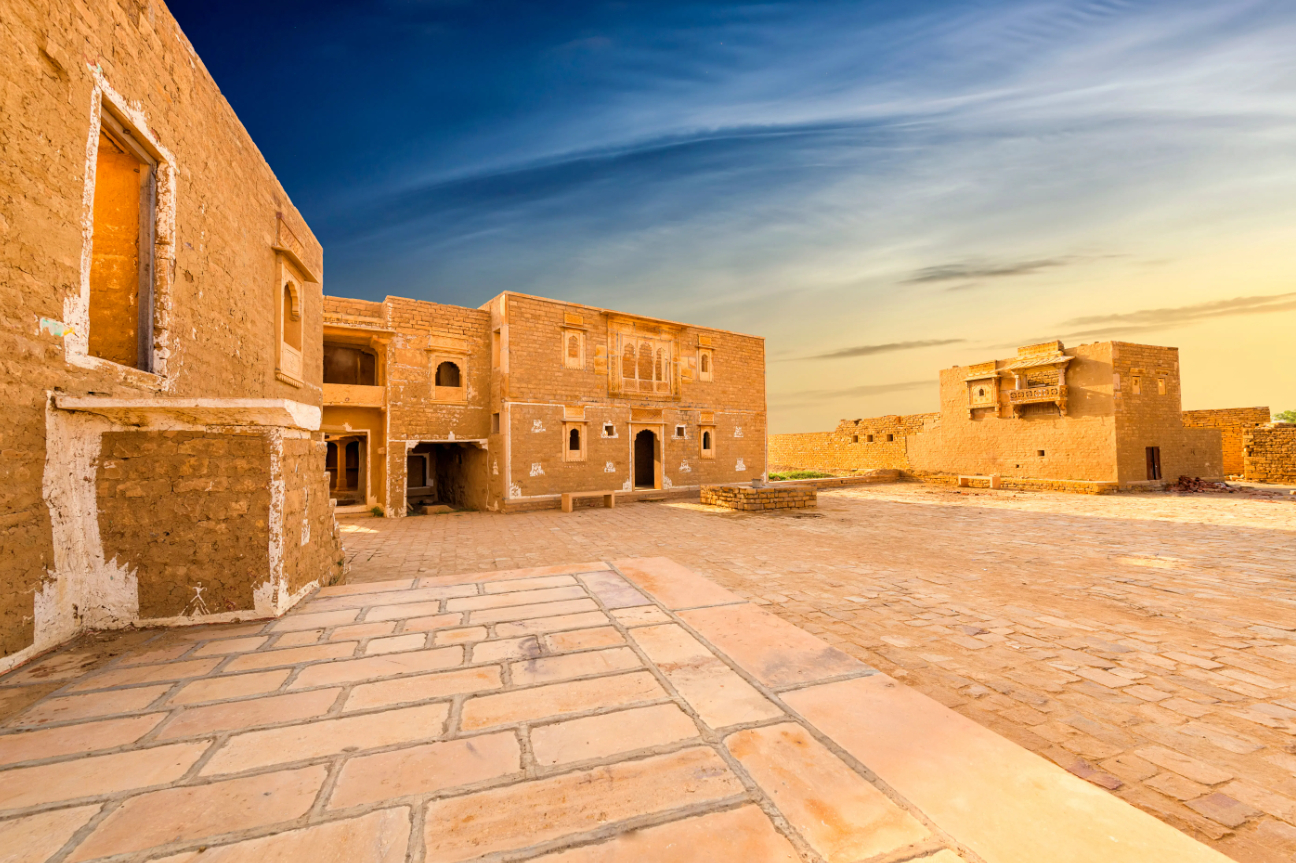
The abandoned village of Kuldhara is steeped in mystery and legend. Once home to the Paliwal Brahmins, it was deserted overnight in the early nineteenth century. Stories say the villagers left to protect their honour and escape oppression, leaving behind homes, belongings, and an eerie silence that still lingers. Today, its crumbling sandstone houses and deserted streets offer a haunting yet fascinating window into the past.
3. Raghurajpur, Odisha
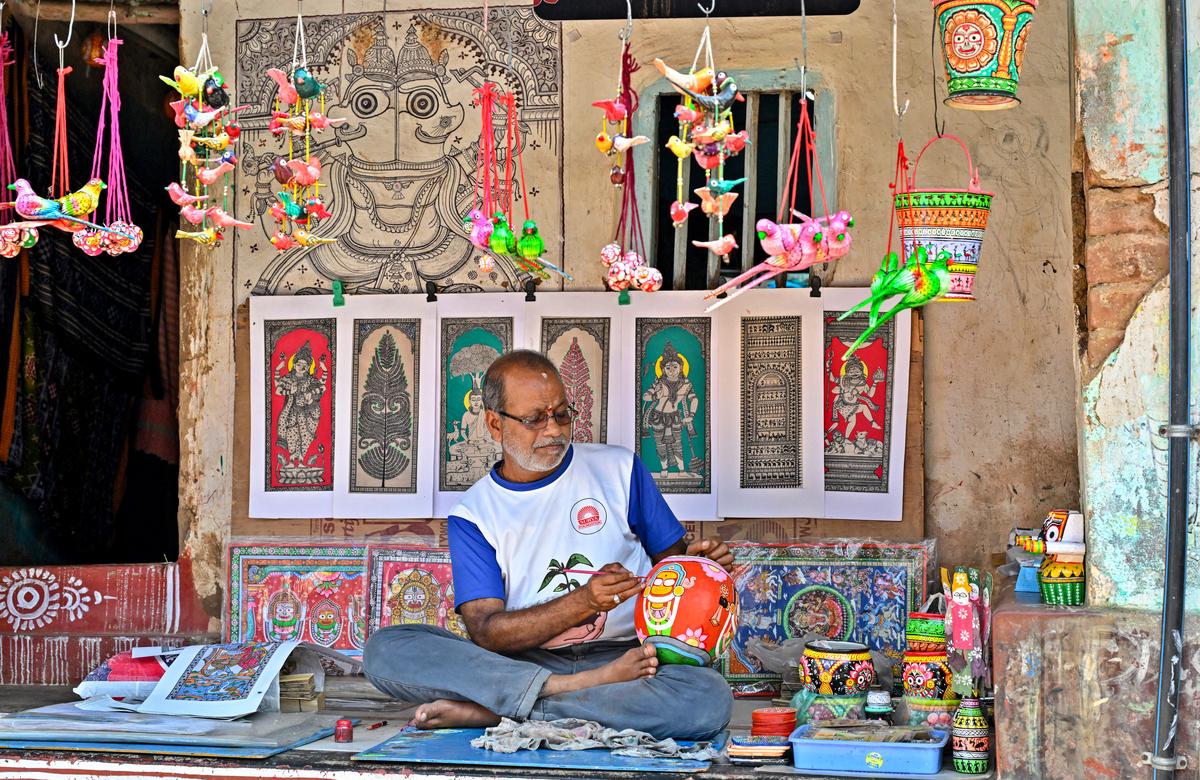
Every home in Raghurajpur is a workshop and every wall a canvas. This village is the birthplace of Pattachitra, a traditional painting style created with natural dyes on cloth or palm leaves. Along with intricate paintings, villagers craft palm leaf engravings, papier-mâché masks, and wooden toys. The community also keeps alive the Gotipua dance tradition, a forerunner to Odissi, making the village a vibrant hub of art and performance.
4. Mawlynnong, Meghalaya
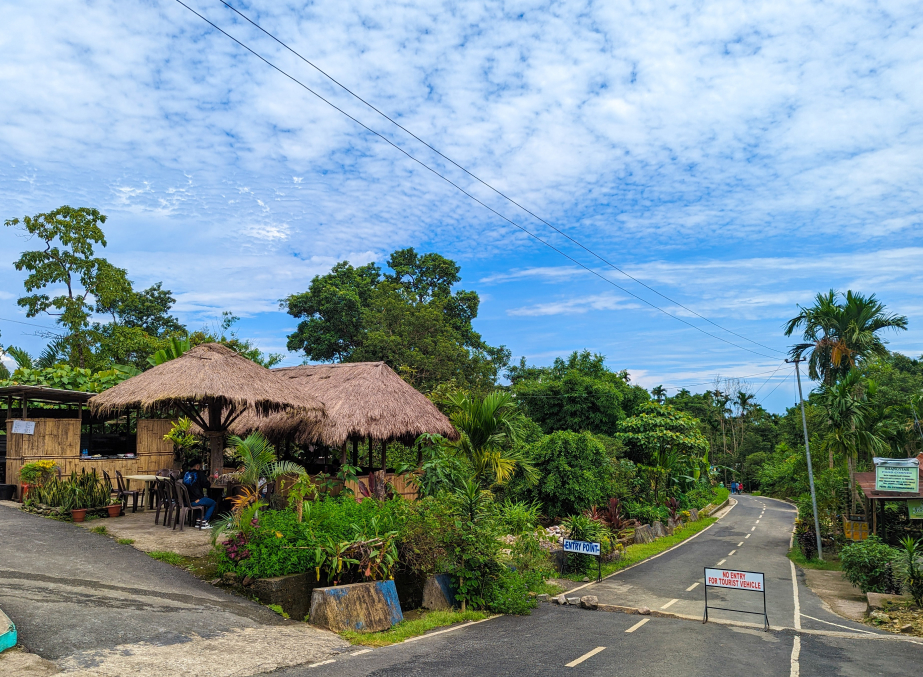
Known as Asia’s cleanest village, Mawlynnong is proof that sustainability can be a way of life. Bamboo dustbins line its neat pathways, and every home is surrounded by well-kept gardens. The village follows a matrilineal system where lineage is traced through women. With a one hundred percent literacy rate, it stands as an example of how progress and tradition can coexist without sacrificing cultural values.
5. Chettinad, Tamil Nadu
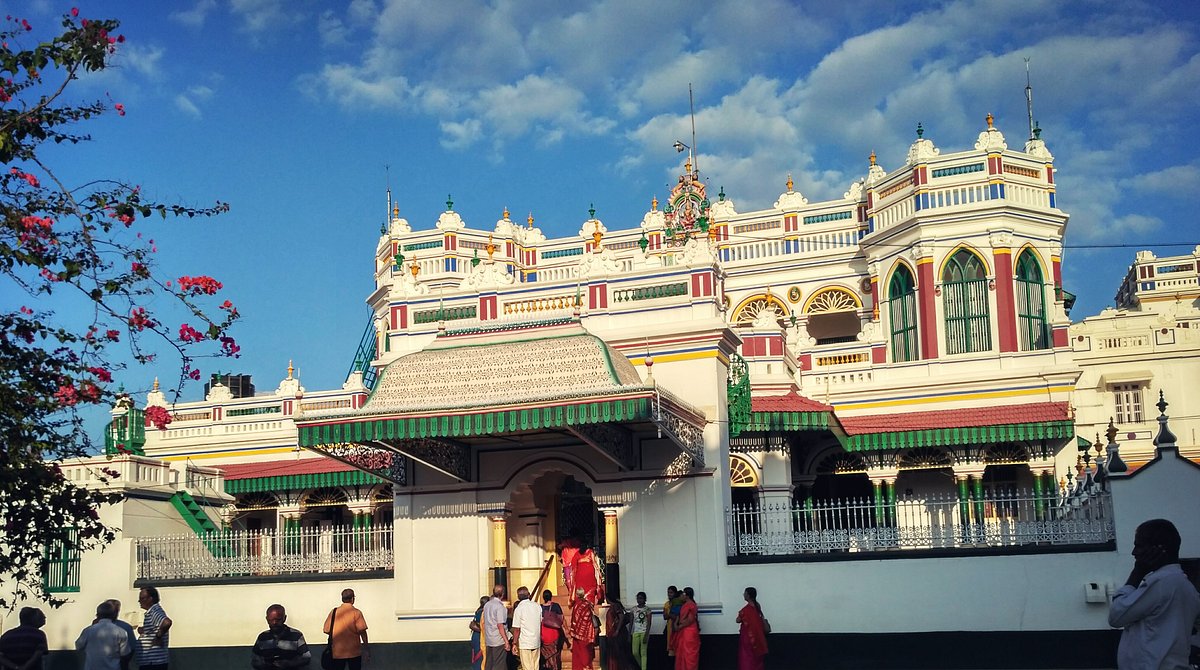
Chettinad is famous for its grand mansions built by the Chettiar merchant community in the nineteenth century. These homes blend Indian layouts with global influences, featuring Burmese teak pillars, Belgian mirrors, and Italian marble floors. The village still retains its culinary heritage, intricate handwoven saris, and bustling antique markets, making it a treasure trove for historians and travellers alike.
These villages are more than just destinations; they are living museums of tradition, resilience, and pride. Visiting them offers a rare opportunity to step back in time and experience India in its purest form.
For more travel inspiration and cultural journeys, follow Travel Moves on Instagram and Facebook.



